STONE AGE BRITISH 'AVEBURY' IMPLEMENT GROUP Neolithic, 3000-2000 BC A mixed flint group comprising: two D-shaped scrapers, one with old inked museum collection number '1146' and circumflex above; a globular nodule with one worked edge; a facetted scraper with inked notation 'Avebury Neolithic' and figure '5' within a square. 155 grams total, 44 - 53mm (1 3/4 - 2"). Fine condition. Rare with this 'museum' provenance. [4] Provenance Pickard collection, Surrey, UK; thence by descent 1978; gifted by Alexander Keiller in the early 1950s. Footnotes The prehistoric henge monument at Avebury, Wiltshire, UK, is the largest megalithic site in Europe, dating to around 2,600 BC. During the medieval period, many of the stones were toppled and buried, at the instigation of Christian clerics who believed it to be associated with the Devil; in later years some of the stones were broken up 'with fire and hammers' for building material. It attracted attention from early antiquarians such as John Aubrey (who made a plan of it) and William Stukely (who wrote of it); Charles II visited the site with Aubrey in 1663. Sir John Lubbock (1834-1913), 1st Baron Avebury who coined the terms 'palaeolithic' and 'neolithic' and authored early books on ancient man, purchased the site in 1871 to protect it. In 1934 the archaeologist Alexander Keiller (1889-1955) started excavations in the area and, recognising its importance, he purchased the site and excavated the monument from 1937-1939 (report published 1965), forming a museum of the finds from 1938 and reinstating many of the buried stones as they were discovered. His work ceased with the start of the Second World War when the museum was closed; he sold the site to the National Trust in 1943 and, in 1966, his widow donated his museum contents to the nation; these are now displayed with other finds from the site which, with nearby Stonehenge, is now listed as a UNESCO World Heritage Site.
STONE AGE BRITISH 'AVEBURY' IMPLEMENT GROUP Neolithic, 3000-2000 BC A mixed flint group comprising: two D-shaped scrapers, one with old inked museum collection number '1146' and circumflex above; a globular nodule with one worked edge; a facetted scraper with inked notation 'Avebury Neolithic' and figure '5' within a square. 155 grams total, 44 - 53mm (1 3/4 - 2"). Fine condition. Rare with this 'museum' provenance. [4] Provenance Pickard collection, Surrey, UK; thence by descent 1978; gifted by Alexander Keiller in the early 1950s. Footnotes The prehistoric henge monument at Avebury, Wiltshire, UK, is the largest megalithic site in Europe, dating to around 2,600 BC. During the medieval period, many of the stones were toppled and buried, at the instigation of Christian clerics who believed it to be associated with the Devil; in later years some of the stones were broken up 'with fire and hammers' for building material. It attracted attention from early antiquarians such as John Aubrey (who made a plan of it) and William Stukely (who wrote of it); Charles II visited the site with Aubrey in 1663. Sir John Lubbock (1834-1913), 1st Baron Avebury who coined the terms 'palaeolithic' and 'neolithic' and authored early books on ancient man, purchased the site in 1871 to protect it. In 1934 the archaeologist Alexander Keiller (1889-1955) started excavations in the area and, recognising its importance, he purchased the site and excavated the monument from 1937-1939 (report published 1965), forming a museum of the finds from 1938 and reinstating many of the buried stones as they were discovered. His work ceased with the start of the Second World War when the museum was closed; he sold the site to the National Trust in 1943 and, in 1966, his widow donated his museum contents to the nation; these are now displayed with other finds from the site which, with nearby Stonehenge, is now listed as a UNESCO World Heritage Site.
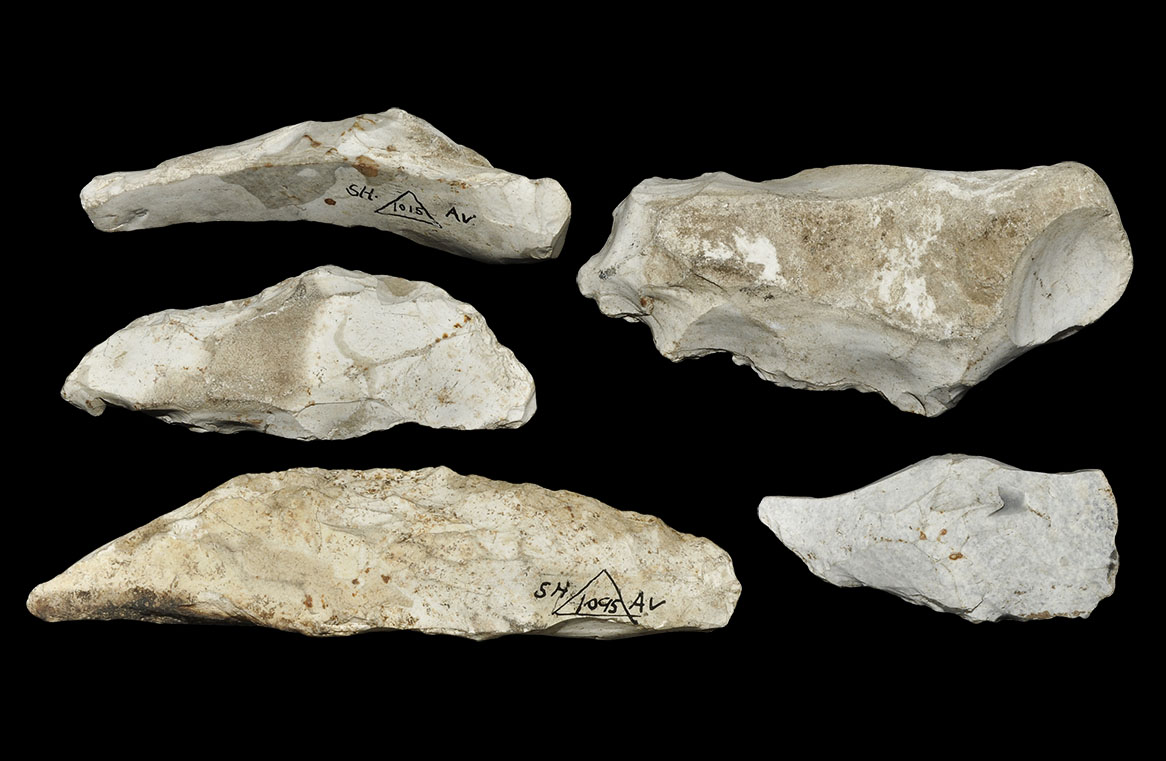
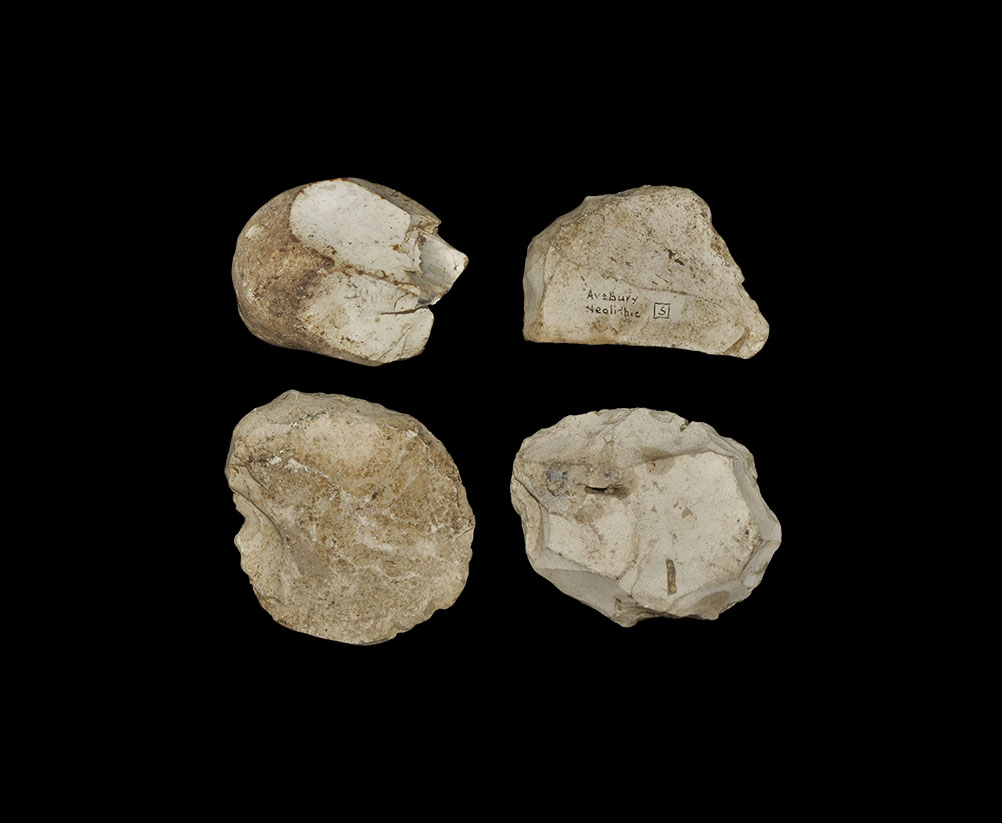
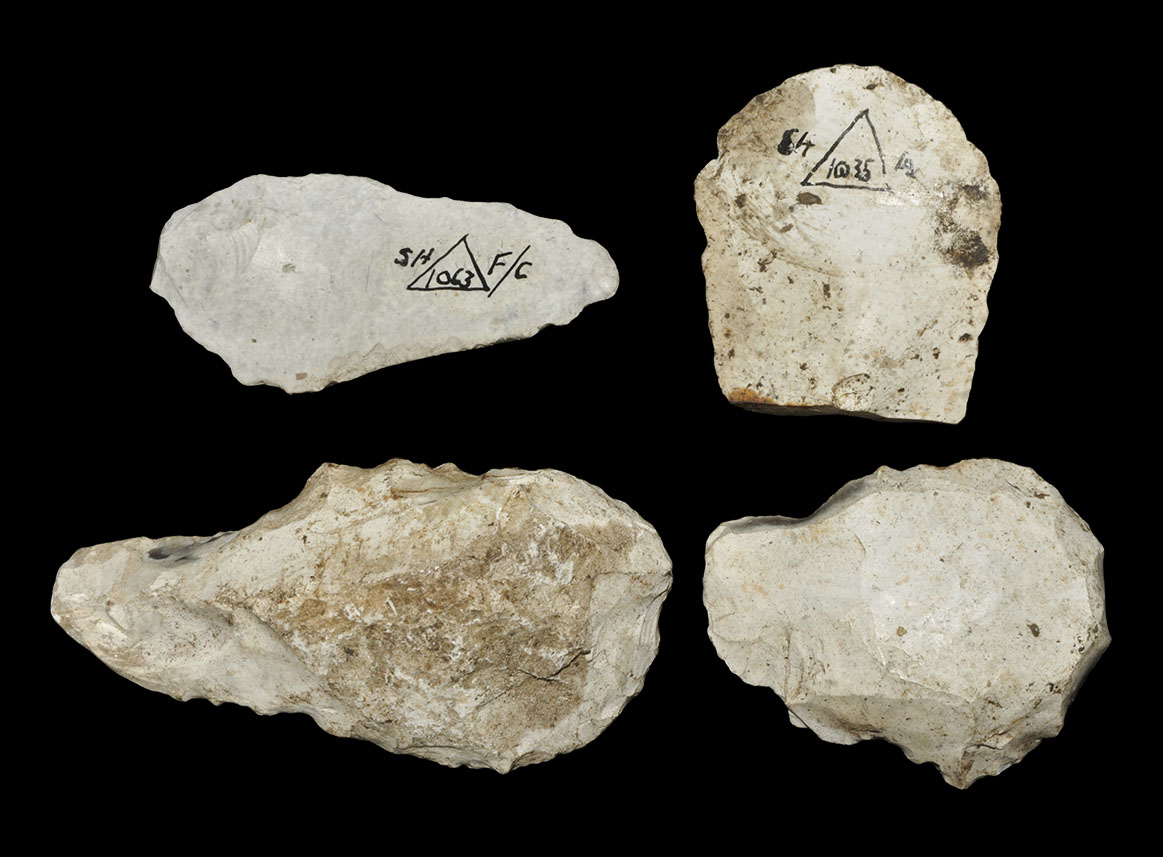
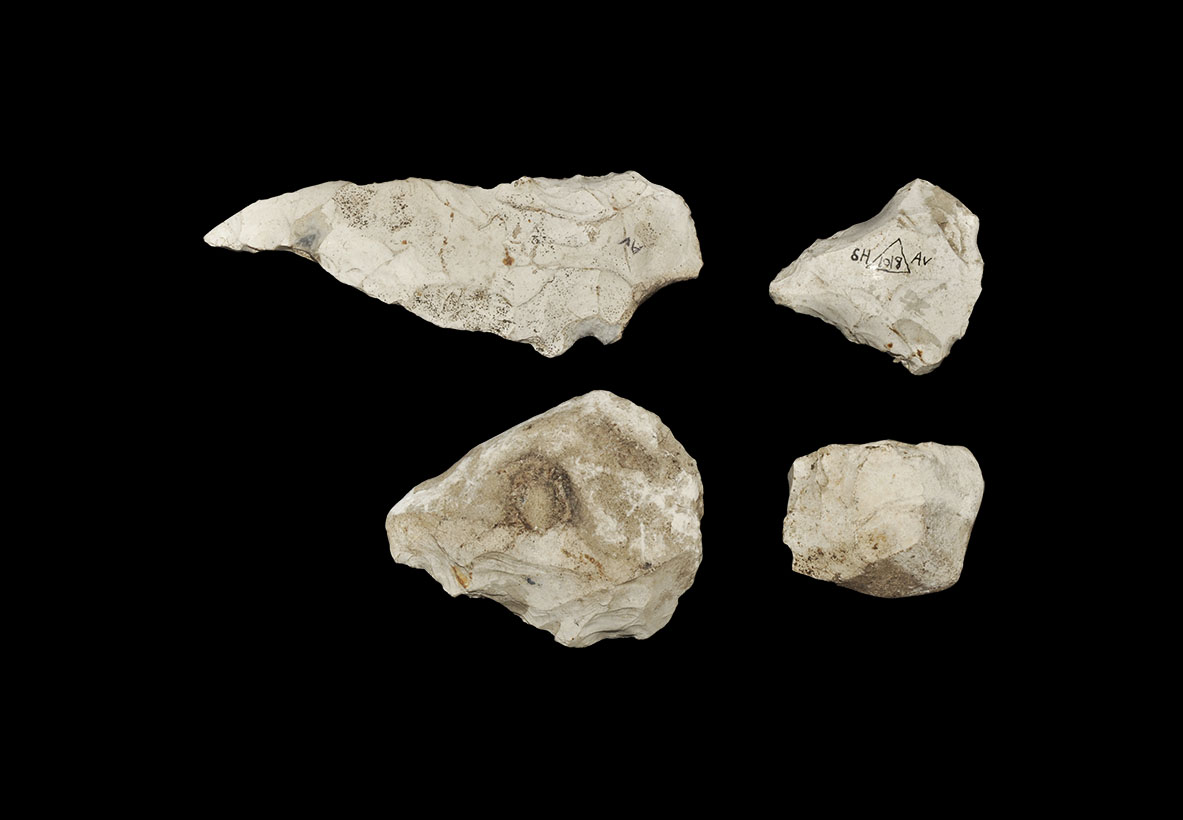

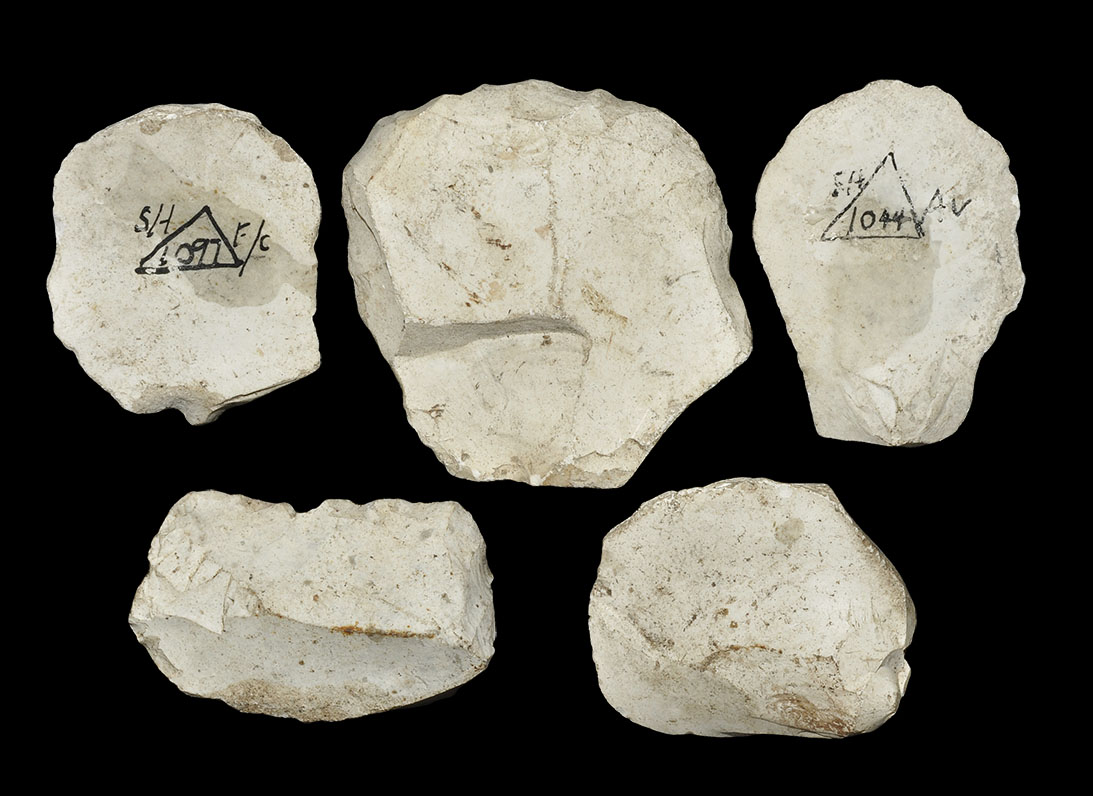


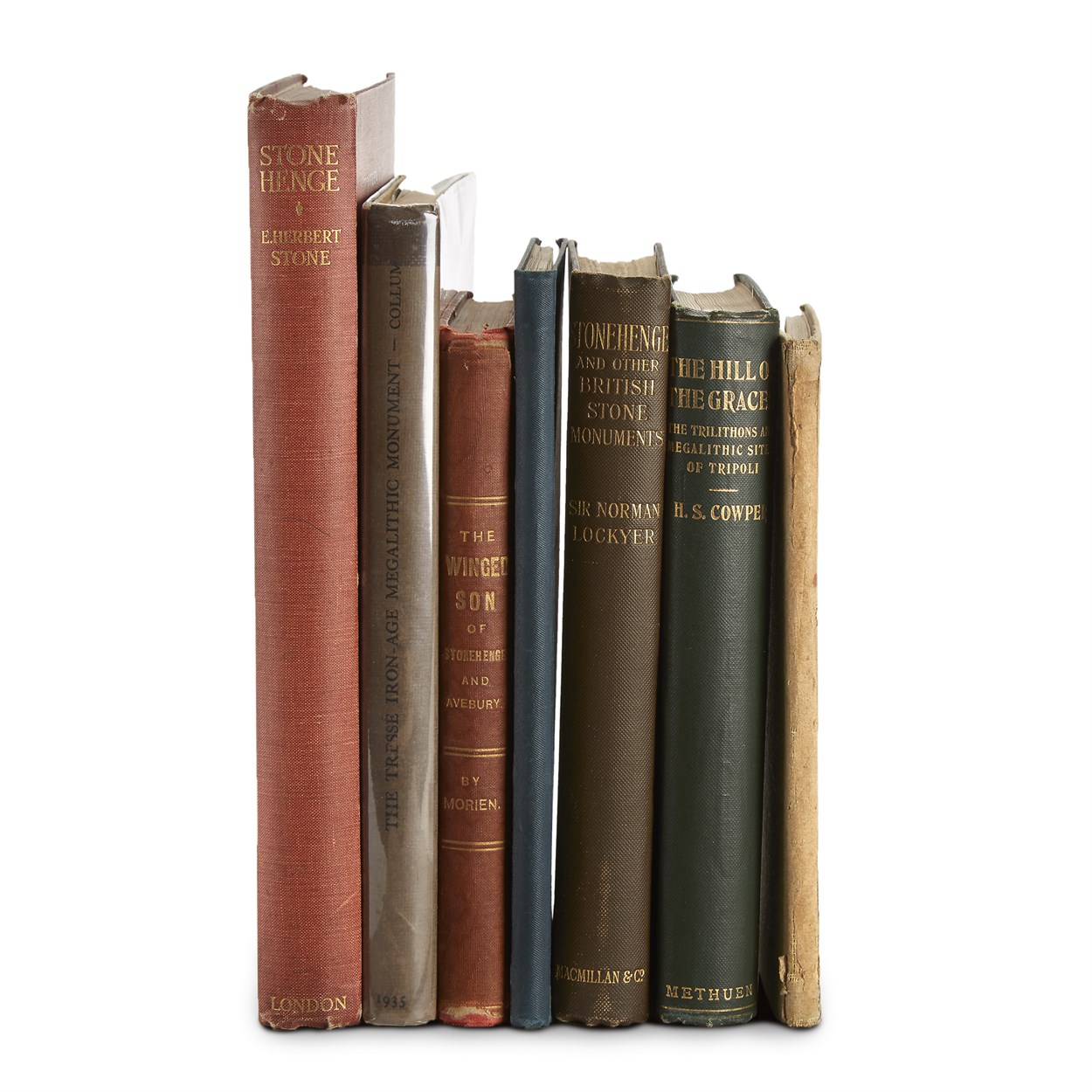
Testen Sie LotSearch und seine Premium-Features 7 Tage - ohne Kosten!
Lassen Sie sich automatisch über neue Objekte in kommenden Auktionen benachrichtigen.
Suchauftrag anlegen